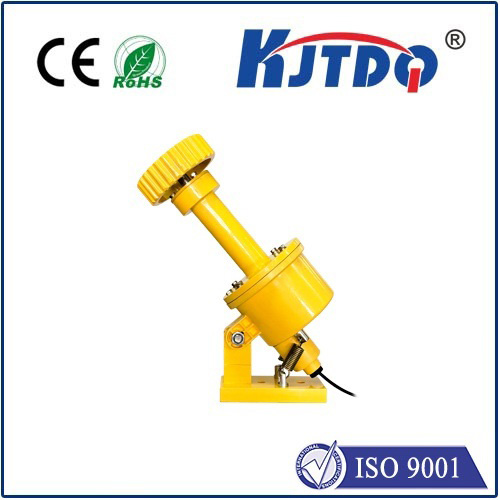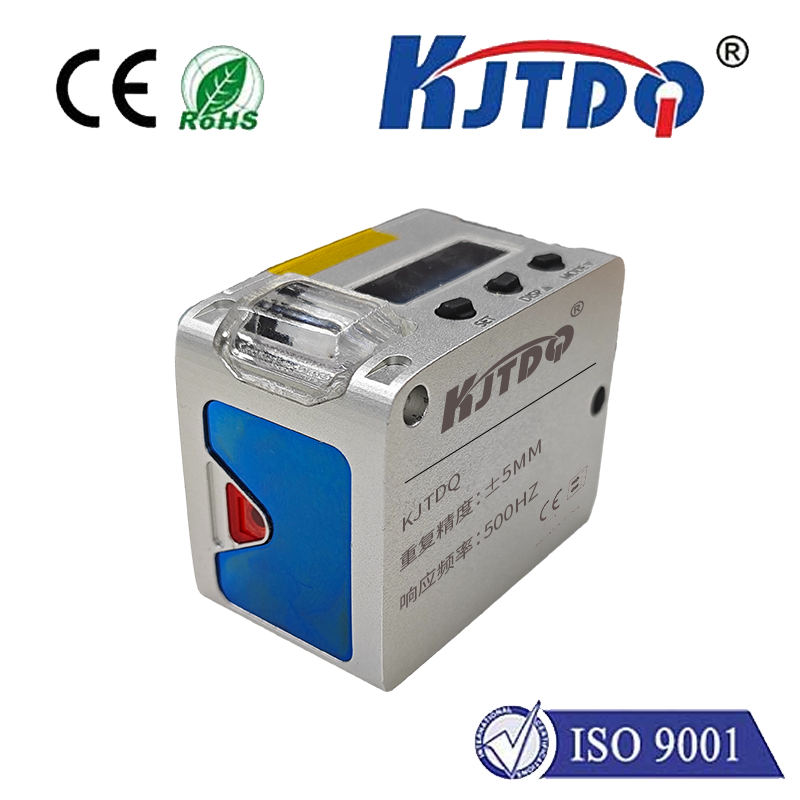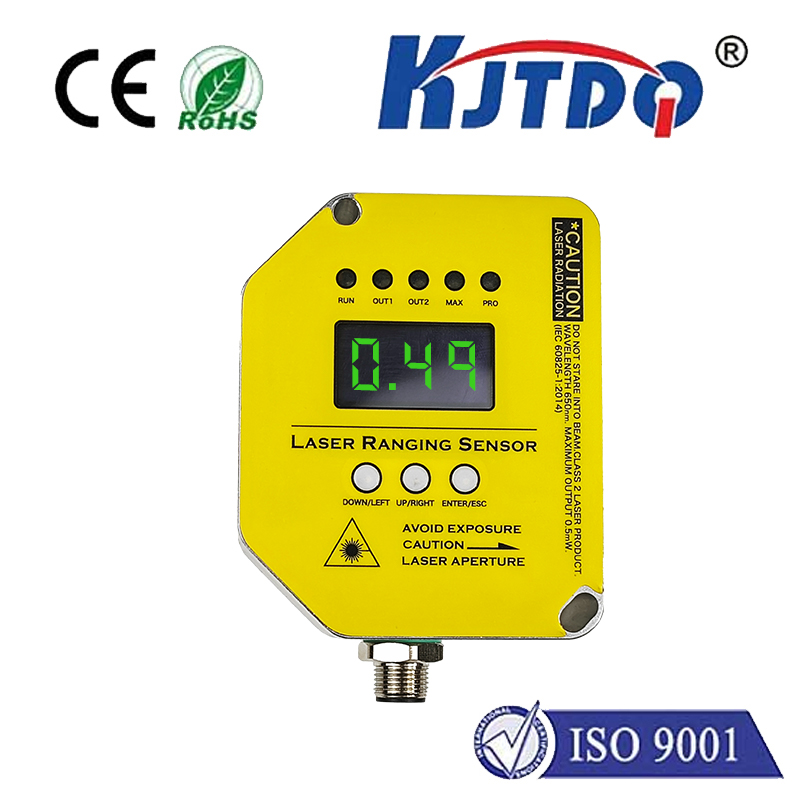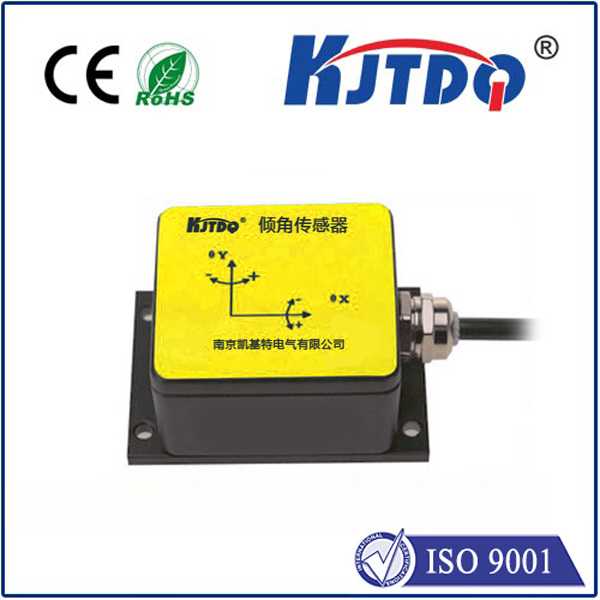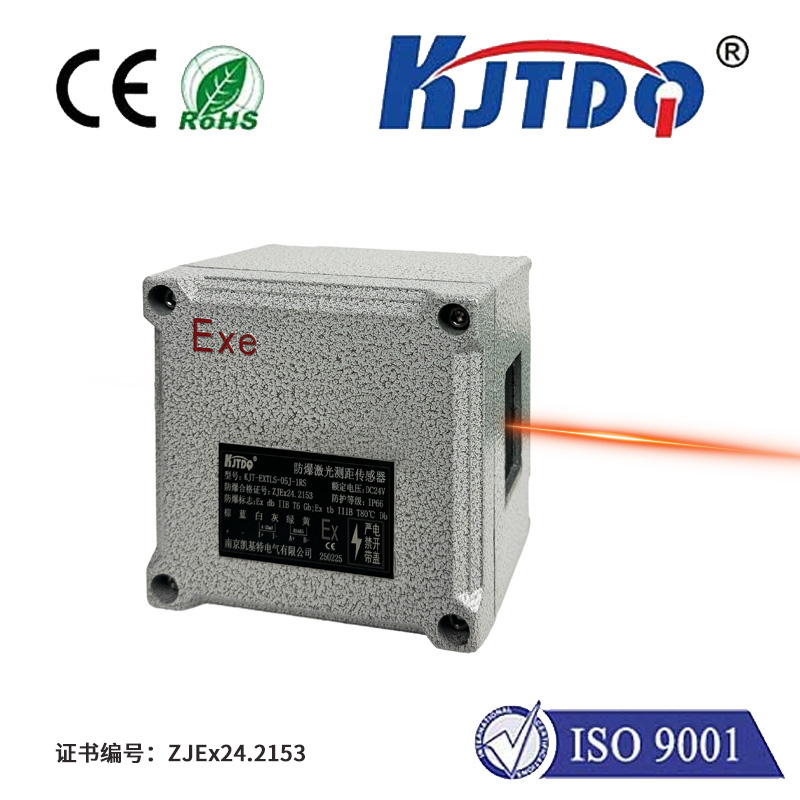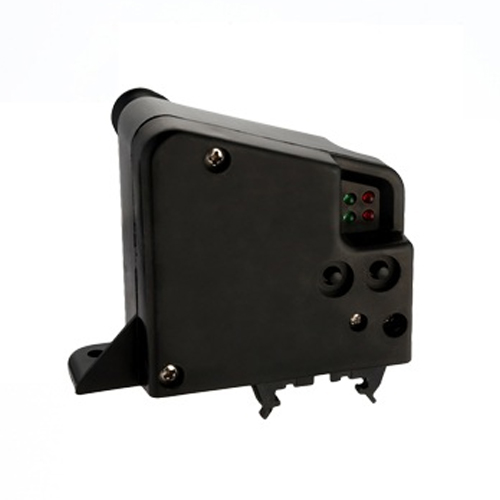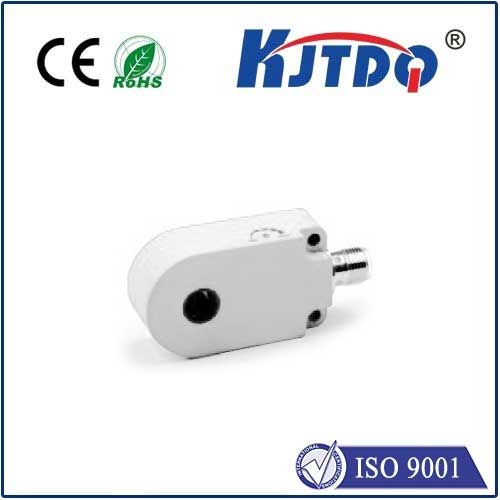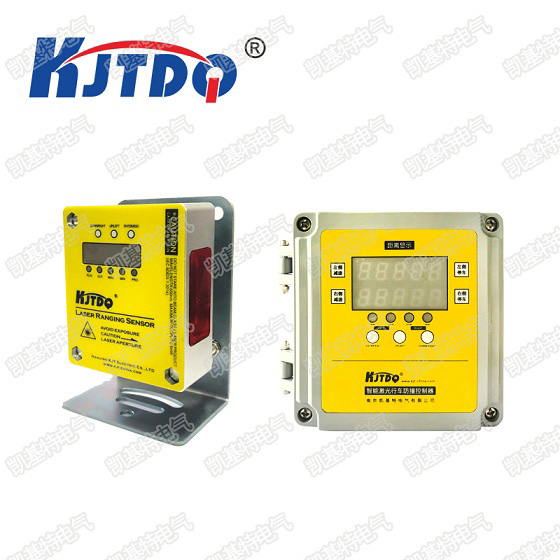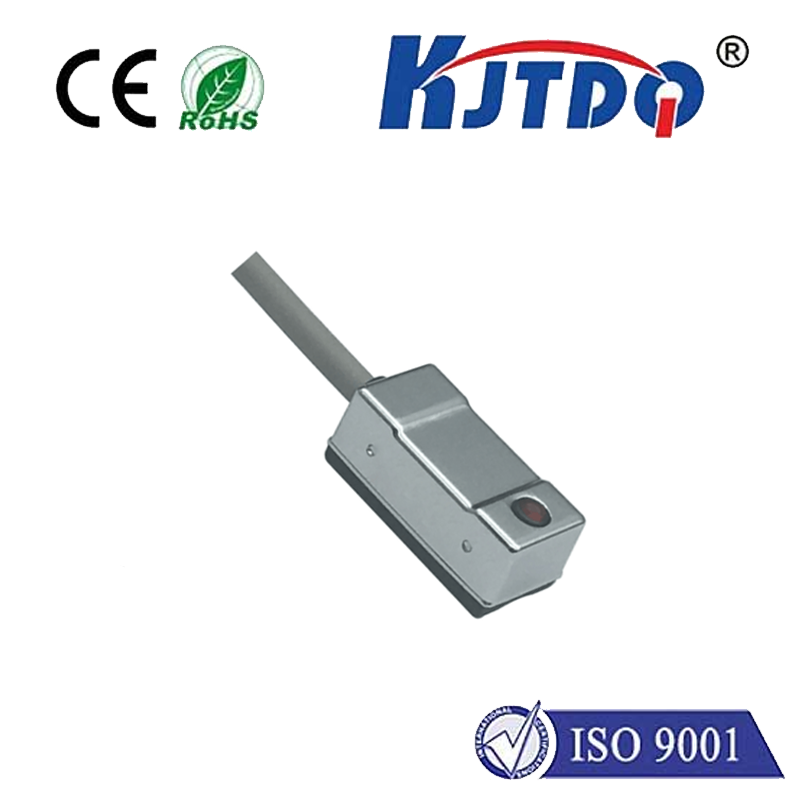

check

check

check

check

check

check

check

check

check

check

Title: Long Range Photoelectric Sensors: Pioneering Innovation in Modern Sensing Technology In the rapidly evolving world of technology, the significance of sensors cannot be overstated. Among the plethora of sensors available today, long range photoelectric sensors stand out for their remarkable ability to detect objects at extended distances with precision and reliability. This article delves into the essence of these advanced sensors, exploring their functionalities, applications, and the unique advantages they offer. Long Range Photoelectric Sensors: A Closer Look Photoelectric sensors function by converting light into an electrical signal. They consist of two primary components: a transmitter that emits a beam of light and a receiver that detects this light. In the case of long range photoelectric sensors, the beam of light can travel over considerable distances before being detected, making them suitable for applications requiring large sensing ranges. The technology behind these sensors typically involves the use of advanced optics and high-performance electronics to amplify the light signal, ensuring accurate detection even over long distances. This innovation allows for the monitoring and control of processes from afar, offering heightened safety, efficiency, and convenience. Applications of Long Range Photoelectric Sensors The versatility of long range photoelectric sensors makes them applicable across various industries. Some prominent applications include:
